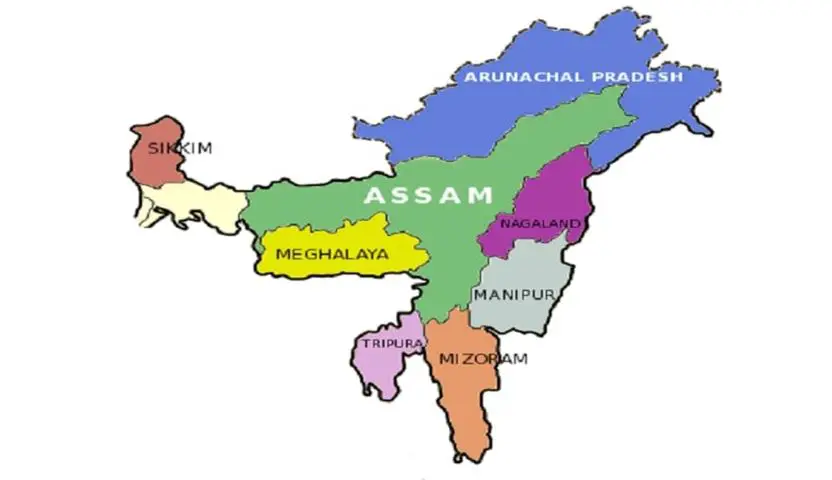Inner line permit (ILP) and its Impact | UPSC – IAS
It is a travel document that allows an Indian citizen to visit or stay in a state that is protected under the ILP system. Foreigners need a Protected Area Permit (PAP) to visit tourist places which are different from Inner Line Permits needed by domestic tourists.
- The system is in force today in four North eastern states – Arunachal Pradesh, Nagaland and Manipur, Mizoram.
- No Indian citizen can visit any of these states unless he or she belongs to that state, nor can he or she overstay beyond the period specified in the Inner line permit (ILP).
- The concept stems from the Bengal Eastern Frontier Regulation Act, 1873, where the British framed regulations restricting the entry and regulating the stay of outsiders in designated areas.
- This was to protect the Crown’s own commercial interests by preventing “British subjects” (Indians) from trading within these regions.
- In 1950, the Indian government replaced “British subjects” with “Citizen of India”.
- This was to address local concerns about protecting the interests of the indigenous people from outsiders belonging to other Indian states.
- An ILP is issued by the state government concerned.
- It can be obtained after applying either online or physically. It states the dates of travel and also specifies the particular areas in the state which the Inner line permit (ILP) holder can travel to.
Status of ILP in different states | UPSC – IAS
Meghalaya- It has adopted a resolution for implementing the Inner Line Permit (ILP) regime in the state.
- In November 2019, the Meghalaya Cabinet approved amendments to the Meghalaya Residents Safety and Security Act (MRSSA), 2016, which will lead to laws that require non-resident visitors to register themselves.
- While Meghalaya has amended the law, it is not yet clear what exact rules, visitors to the state would be subjected too. Officially, it has not been said to be a replication of the Inner line permit (ILP) regime.
Assam- In Assam too, there have been demands by certain sections for the introduction of Inner line permit (ILP).
- Groups like the Asom Jatiyatabadi Yuba Chatra Parishad, a youth organisation, has been organising protest demonstrations seeking ILP throughout the state.
- Recently, the Assam finance minister has remarked that Assam will not have the Inner line permit (ILP).
Manipur– The ILP system came into effect in the state of Manipur from January 1, 2020 and is issuing four types of permits – temporary, regular, special, and labour permits.
- Last year, the Manipur People Bill, 2018 was passed unanimously by the state Assembly.
- The Bill puts several regulations on ‘outsiders’ or ‘non-Manipuri people’ in the state.
- The Bill had undergone series of negotiations regarding defining the “Manipuri” people, after which a consensus was reached regarding 1951 as cut-off year for the definition.
Impacts of Inner line permit (ILP) | UPSC – IAS
- Economic Impact– By imposing restrictions on the entry of ‘outsiders’ into these hill states, there are apprehensions that tourism gets affected and the local economy is not able to achieve its potential.
- Scope of error– in issuing these documents has been observed due to human intervention, which causes inconvenience to the visitors.
- Fears of marginalisation- such as in Meghalaya, where a sizable chunk of non-tribal population also resides. There is fear psychosis among the non-tribals that their interests will be overlooked, if the Inner line permit (ILP) is implemented.

